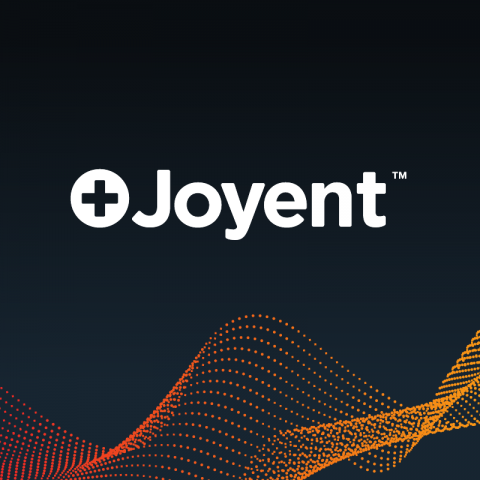Cyber Security: Understanding the 5 Phases of Intrusion
Here at Graylog, we have recently had an increase in conversations with security teams from leading companies. We want to share our key findings with the Graylog community. The good thing is that cybercriminals use a methodical approach when planning an attack. By understanding their process and knowing your network, you will be better prepared and able to stay one step ahead.











